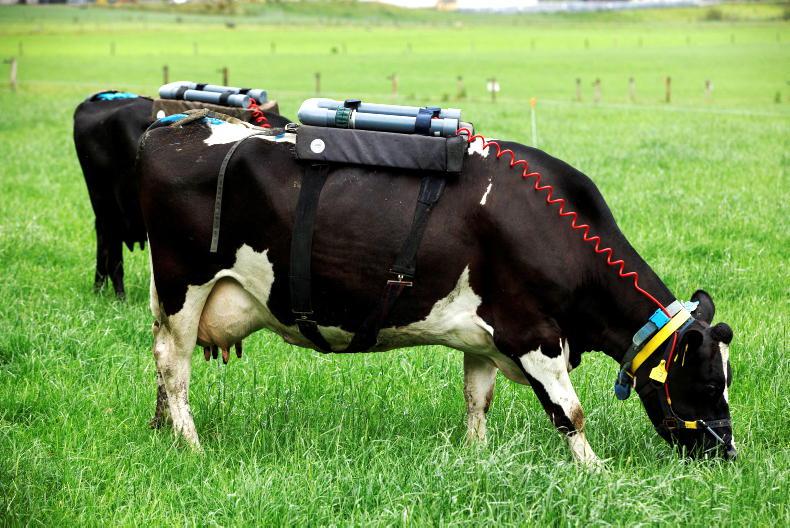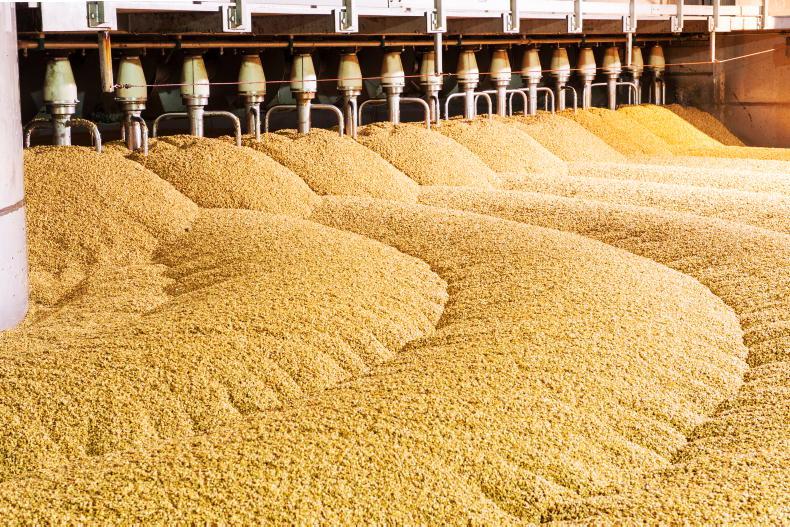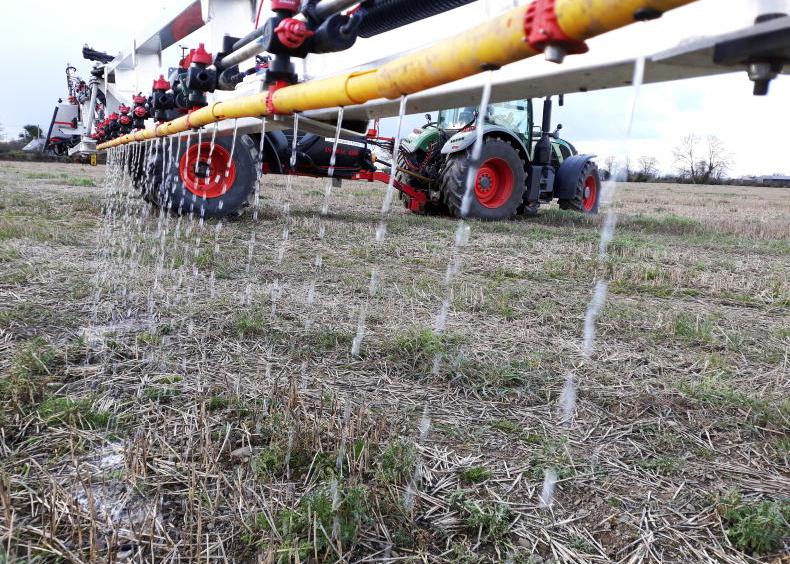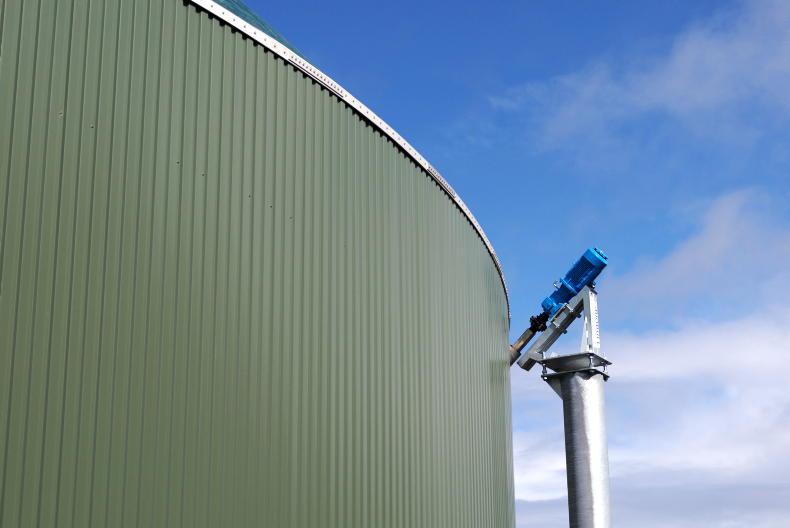A new report published this week (9 August) places "high confidence" in a new method to calculate methane's impact on global warming, the GWP*.
Methane emissions, some of which are produced by ruminant animals, need to be reduced significantly by 2050.
The gas is highly potent, but is much shorter lived in the atmosphere than other gases.
The agricultural industry has long been calling for a change to the way methane emissions are calculated, as it differs from carbon dioxide which lasts in the atmosphere for much longer time periods.
Greenhouse gases (GHG) have a global warming potential (GWP). The GWP-100 is currently used to measure the potential impact of carbon dioxide and methane, for example, on warming.
However, research has shown that a new method of calculating warming potential could be used for methane.
The GWP* accounts for the current year's methane emissions and the trend for the most recent 20-year period.
When this metric is used, the methane emissions produced in Ireland appear to have a much smaller impact on global warming than the GWP method.
Impact on national herd
If the GWP* metric was used it would mean that stable livestock numbers keep the level of methane in the atmosphere static and so it does not contribute to global warming.
A declining livestock herd would contribute to climate cooling, while increasing herd numbers would contribute to warming.
This essentially means that a stable national herd does not contribute to global warming.
On the other hand, if carbon dioxide emissions remain stable they still contribute to global warming.
The Department of Agriculture's roadmap to climate neutrality, Ag Climatise, is based on stable numbers in the national herd.
What does the IPCC report say?
The new IPCC report - Climate Change 2021, The Physical Science Basis - states: "New emission metric approaches such as GWP* and CGTP [Combined Global Temperature Potential] are designed to relate emission changes in short-lived greenhouse gases to emissions of CO2 as they better account for the different physical behaviours of short and long-lived gases."
"Using either [of] these new approaches, or treating short- and long-lived GHG emission pathways separately, can improve the quantification of the contribution of emissions to global warming within a cumulative emission framework, compared to approaches that aggregate emissions of GHGs using standard CO2 equivalent emission metrics.
"There is high confidence that multi-gas emission pathways with the same time dependence of aggregated CO2 equivalent emissions estimated from standard approaches, such as weighting emissions by their GWP-100 values, rarely lead to the same estimated temperature outcomes."
The Inter-governmental Panel on Climate Change (IPCC) published part of its sixth assessment report this week.
The report contributes to much of the policies on climate change globally.









SHARING OPTIONS